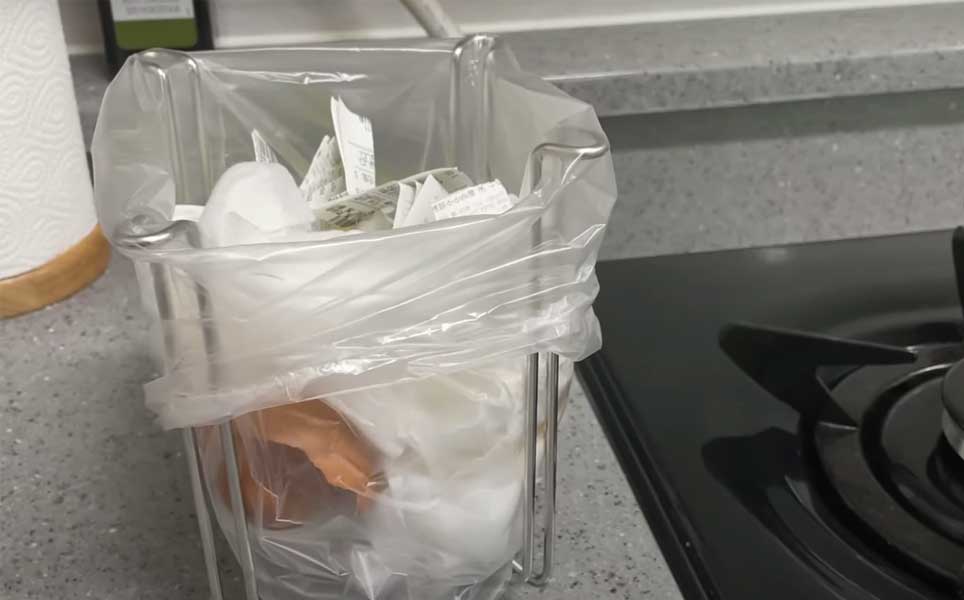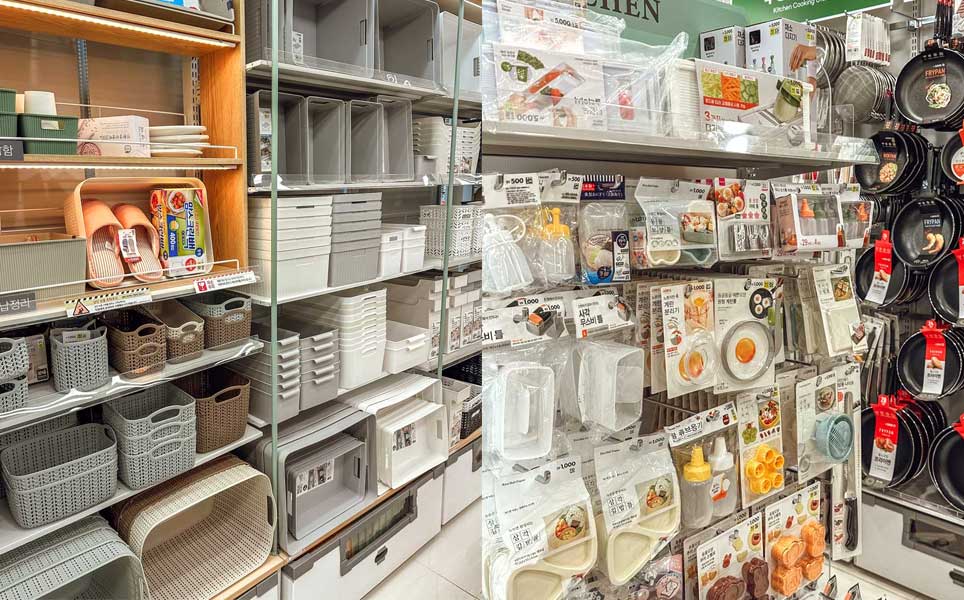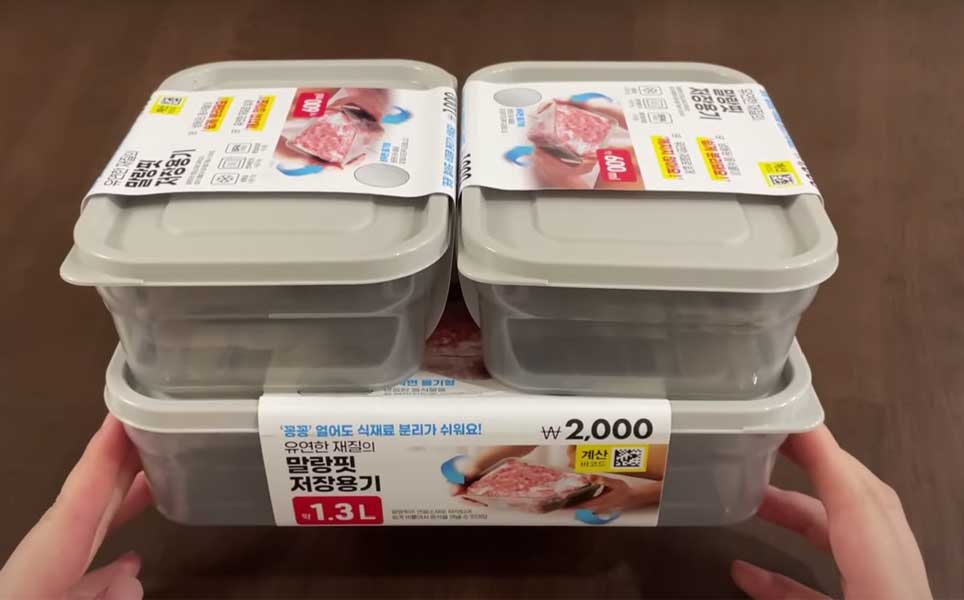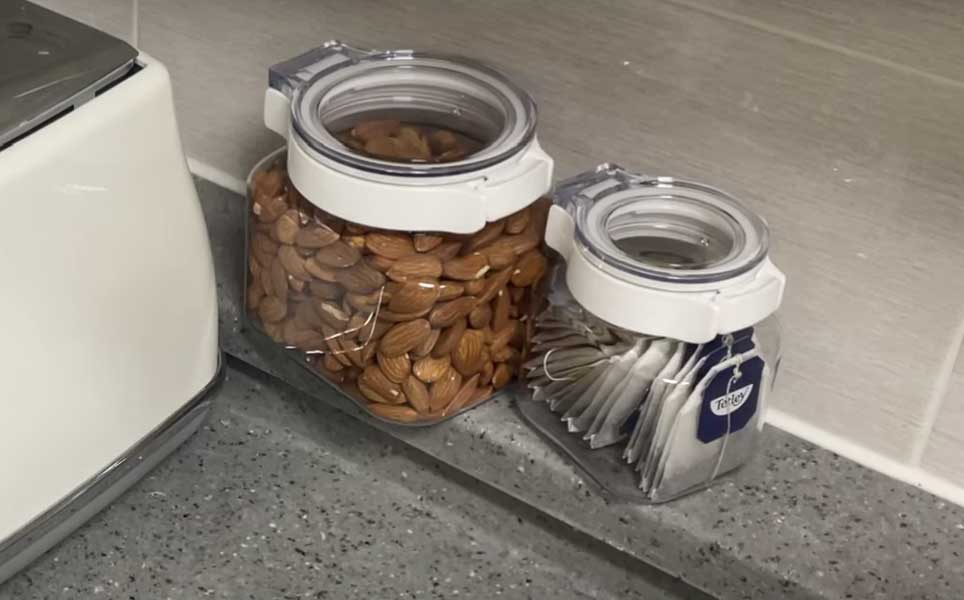Last Updated on 6 months by admin
Rise of Daiso Korea isn’t just a retail success, it’s a cultural phenomenon reflecting how Korean consumers think: practical, quality-conscious, yet trendy.
If you’ve ever visited South Korea, chances are high that you’ve walked into a Daiso and walked out with more than you expected. You can find everything, from a unique plastic container and adorable character socks to a bamboo back-scratcher and a sheet mask, or perhaps all of the above. And, even if you shop at all of them, the bill may not exceed 10,000 won, which is less than $8. That’s the Daiso magic: affordability, variety, and convenience wrapped in a clean, minimal store layout.
But Daiso is more than a shopper’s playground. It’s also a business success story. It is the one that mirrors Korea’s economic rise and transformation of its consumer culture over the last three decades.
Humble Beginnings: A Korean Take on a Japanese Concept
In 1992, long before Daiso became a household name in Korea, it was the brainchild of founder Park Jeong-bu, who started Asung Industries. It drew inspiration from Japan’s 100-yen shop model. He saw an opportunity in Korea’s fast-urbanizing population, which needed access to affordable, everyday household goods.
By 1997, he launched his first retail store in Seoul’s Cheonho-dong under the name Asco Even Plaza, introducing Korea’s first flat-rate pricing model.
In 2001, Japan’s Daiso Sangyo bought a 34.21% stake, prompting a rebrand to Asung Daiso. This cross-border collaboration introduced Japanese efficiency and merchandising to the Korean market. The story came full circle in 2023, when Asung HMP, Daiso Korea’s parent company, reacquired full control, paying around 500 billion won to become fully Korean-owned once again.

Skyrocketing Growth: From ₩ 20 Billion to Almost ₩ 4 Trillion
The numbers tell the tale of a true retail juggernaut:
- 2001: ₩ 20.4 billion in revenue
- 2011: ₩ 500 billion
- 2015: ₩ 1 trillion
- 2019: ₩ 2 trillion
- 2023: ₩ 3.96 trillion (~$2.8 billion)
Operating profits also surged, particularly in 2023, reaching ₩ 371.1 billion, a 41.8% year-over-year increase.
What’s notable is that Daiso is thriving despite inflationary pressure and global retail uncertainty. High inflation appears to work in Daiso’s favor, as more consumers seek budget-friendly alternatives to department stores or premium lifestyle brands.
The Secret Sauce: High Volume, Low Margin, Smart Systems
Daiso Korea’s pricing structure is straightforward, with six tiers: 500, 1,000, 1,500, 2,000, 3,000, and 5,000 won. Over 80% of its products are priced under 2,000 won, making it unbeatable in the value segment.
The company stocks around 30,000 SKUs across categories like:
- Kitchenware
- Stationery
- Electronics accessories
- Personal care
- Snacks and beverages
- Travel gear
- Toys and seasonal decor
Rather than focusing on brand names, Daiso emphasizes private-label manufacturing, bulk procurement, and streamlined supply chains. By working closely with suppliers and minimizing the use of distribution middlemen, the company maintains low operating costs and offers competitive pricing.






It also invests heavily in logistics infrastructure, with three major distribution centers already in operation and two new mega-hubs planned for Sejong (2027) and Yangju (2028). This is a move to support nationwide delivery and inventory efficiency.
Ubiquity: Daiso is Everywhere in Korea
Store count has mirrored the company’s financial growth:
- <100 stores in the early 2000s
- 500+ stores by 2005
- 1,000 stores by 2015
- 1,500+ stores today
From subway stations to high streets and residential neighborhoods, a Daiso is never far away. This high accessibility has made it an essential stop not just for locals, but also for tourists seeking practical or quirky Korean souvenirs.
Branching Out: Beauty, Fashion, and Digital
Since 2021, Daiso has boldly expanded into cosmetics and fashion. Collaborations with beauty giants like Amorepacific and LG Household & Health Care have yielded exclusive skincare and makeup lines that seamlessly blend affordability with K-beauty innovation.
Furthermore, Daiso is enhancing its digital capabilities with a user-friendly app featuring curated product selections. They are also going to offer same-day delivery options in major cities. Daiso has plans to enhance online-exclusive offerings.
This omnichannel push ensures it stays competitive in an increasingly digital-first retail landscape.
Why Daiso is a Must-Visit for Korea Travelers
If you’re traveling in Korea, here’s why Daiso should be on your itinerary:
- Souvenirs: From Korean calligraphy pens to Hanbok-themed magnets
- Travel essentials: Neck pillows, adapters, masks, umbrellas
- Snacks: Affordable local treats you won’t find in regular marts
- Beauty finds: K-beauty dupes and Daiso-exclusive skincare
- Home goods: Cute, functional gifts perfect for carry-ons
Bonus: With locations in most subway-connected areas, it’s easy to stop by during sightseeing.
Find out the best things you can buy from Daiso Korea on your trip.
What’s Next for Daiso Korea?
Daiso is not resting on its laurels. The focus is now on scaling logistics to support higher e-commerce demand and expanding product lines in health, fashion, and pet care. The Korean retail giant is also testing international waters, potentially revisiting global expansion.
As Korea leans into smart consumerism, Daiso stands as a model of balancing price, quality, and convenience, and is poised to stay relevant for years to come.
Website: https://www.daisomall.co.kr/
Related Posts
4,688 total views, 10 views today

















